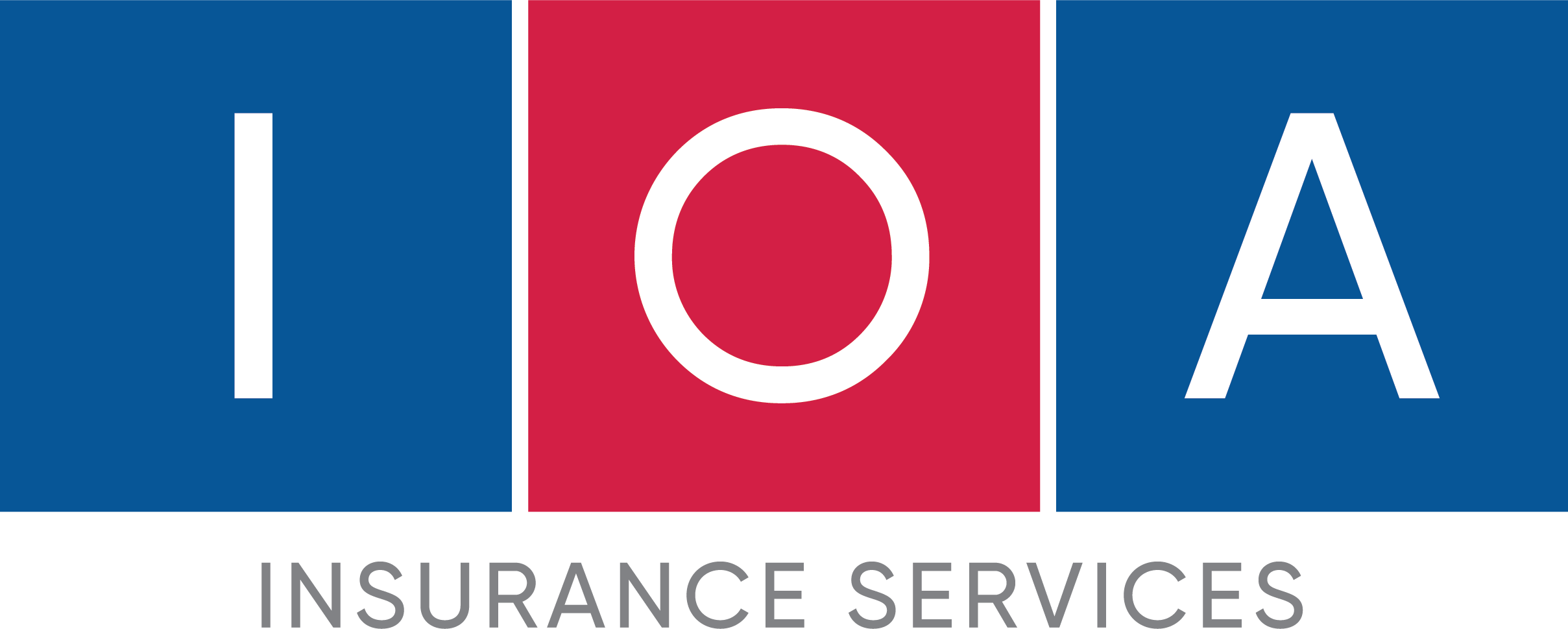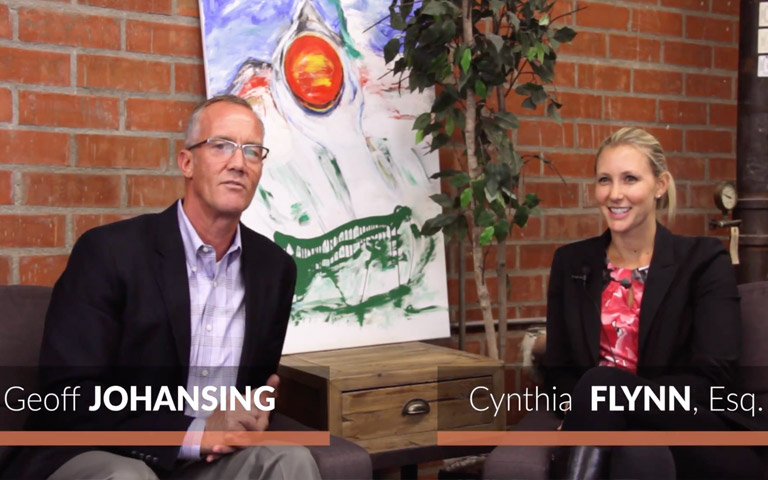Podcast: Play in new window | Download (Duration: 7:28 — 17.1MB)
Subscribe: Apple Podcasts | Email | RSS | More Subscribe Options
An interview with Cindy Flynn on happy employees in the workplace.
Cindy Flynn (Hackler, Flynn & Associates) speaks with Geoff Johansing about how happy employees in the workplace can be obtained. Ensuring an employee is a good fit for a company helps create a happier employee in the workplace. It’s very valuable to put a lot of time and energy and education into your employees and ensure that they’re a good fit for the company in the company culture. Come up with a 10 step process in hiring and set clear expectations in your job posting. Have a clear way that the candidate can contact you, and envision what that looks like. As you’re going through the process, you’re screening them and making sure that it’s a good fit. In addition to having that person’s boss interview, perhaps, the people that they’re going to be working with as well. It’s good to come up with five or six other people in the office who will be working closely with that person to buy-in on the interview process. That way you ensure everyone works well together, creating a happier work environment.
For more “Happy Employees” insights, join our LinkedIn Group!
About Cynthia Flynn
Hackler Flynn & Associates, APC
Monterey Park, California
FULL TRANSCRIPTION:
GEOFF JOHANSING: Hello everyone.
GEOFF JOHANSING: Hello everyone. I’m Jeff Johansen. I run the Risk Advisor Team and also the branch office in Pasadena for Insurance Office of America. And I’m here to further dive into my theory of happy employees, and what they do for your company. I have here today, Cindy Flynn. She is a founding partner of Hagler, Flynn and Associates. They are a law firm with an office in Los Angeles and Orange County, focusing on employment practice issues representing the employer. Hello, Cindy.
CYNTHIA FLYNN: Hi Geoff. Thank you so much for having me.
GJ: My pleasure. So I’ve got a few questions I’d like to run through with you, and the first one is, for a company, what would you define as a company’s greatest asset?
CF: It’s really their employees, but, on the contrary, employees can also be a company’s worst nightmare. And so I think it’s very valuable to put a lot of time and energy and education into your employees and ensure that they’re a good fit for the company in the company culture.
GJ: Can you give some examples of where you think, you know, how do you tell if an employee is a good fit? Or is it the hiring practice for example? Let’s go into that. I think that’s an area where a lot of employers could enhance what they’re doing or learn new tricks.
CF: Sure.
GJ: Where… What are your thoughts with regards to hiring practices? And how do you get the right people on board?
CF: So, my motto with hiring is, hire slow and fire fast.
GJ: I love that motto.
CF: Yes. and come up with a 10 step process in hiring and set clear expectations in your job posting. Have a clear way that the candidate can contact you. And envision what that looks like. And as you’re going through the process, you’re screening them and making sure that it’s a good fit.
how they work under pressure; whether there are typos, things like that. You may, or may not need to pay them for that.
GJ: Ok.
CF: Umm, and in having your entire staff, I mean, if you’re in a small office, you want to make sure that everyone buys into that new employee. And so I think including them in on the hiring process can be valuable.
GJ: Okay. A lot of my clients are in the middle market arena.
CF: Ok.
GJ: So, let’s say you’ve got a hundred employees. You’re not gonna have… would you just recommend, maybe, the leaders of whatever department? Or where would you see that in a larger employer when you have not been able to have them engage with the folks here.
CF: Sure. So, in addition to having clearly, that person’s boss interview, I would suggest the people that they’re going to be working with as well. So if for instance, a new attorney associate who’s gonna be starting. Have the person who’s going to be their legal secretary also speak to them. Have them, have even the receptionist speak to them if they’re gonna be greeting that person every day. Have other attorneys that they’re gonna be working on similar cases with, also interview. It’s good to come up with five or six other people in the office who will be working closely with that person also buy-in in the interview process.
GJ: Another thing we talked about is reference checks.
CF: Umm-hmm
GJ: I know you agree with them. What are some things that an employer can or cannot tell someone, with regards to a reference check? Which is not just, what can’t you say? If you are giving someone a reference?
CF: So, if you’re giving a reference, and it’s someone that you would probably never hire again, or ever want to speak with again, and it’s not gonna be a good reference, I think the safest thing to do would be to say very little to nothing. This is not an opportunity for you to talk for a long time about how terrible that person was. And, what a pain they were in working with. I would just keep it very short, very sweet and very to the point of yes/no answers.
GJ: So now we know that if we have someone on the other line when we’re asking for a reference, why they’re doing that. I’ve experienced the same thing. That maybe it’s not a good fit for the company.
CF: Umm-hmm.
GJ: Okay. So another conversation I’d like to have, another question is with regards to positive and negative feedback. Not negative, but good feedback and constructive.
CF: Umm-hmm.
GJ: Where are you out on that? How can we implement that?
CF: Well, again, I think it comes back to having clarity with your employees and clear KPI, so they know what they’re measuring against. If you do have to give some sort of constructive criticism along the way, a common way to do it would be the sandwich effect. Where you give the employee good feedback, something to work on, not-so-good feedback, and then again, end with good feedback.
GJ: Alright. And that’s a good way to pull in…
CF: Yeah.
GJ: And then, do you find many employers do one two ones with their direct reports? Where they’re meeting with people that report to them? Or just filling them in on a regular basis, be it monthly, weekly, or what have you?
CF: Yeah. I would suggest a weekly check-in, at least, with your staff. Something common is like a daily huddle, where in the morning you can gather everybody into the office into a small workspace. You stand around. You don’t even sit down for this. It’s just a huddle and you go around and say, okay, something you’re gonna work on today, something you’re excited about, good news, something like that. And then, if anyone’s having a stumbling block, that way, after the huddle, I mean it’s, you know, two words a person. It can go pretty quick. But if someone is having trouble, you can address it right there first thing in the morning, so that they overcome that stumbling block early on.
GJ: Another team-building opportunity also.
CF: Exactly. I think team building is an excellent way to bring people together, involve them, and really grow company culture.
GJ: Okay.
CF: A book, actually, I was going to recommend is called Traction, by Gino Wickman. And it basically gives you a list in the beginning of the book of where you are. So it’s a report card of how your company currently is. And then throughout the book it gives you very hands-on tools, and what to implement throughout. And then you get to grade yourself again at the end.
GJ: Alright. Well, thank you very much. Thank you everyone for joining us. This is, again, Cindy Flynn, founding partner of Hackler, Flynn and Associates; a law firm focusing on employment practices issues.
CF: Thank you, Jeff

